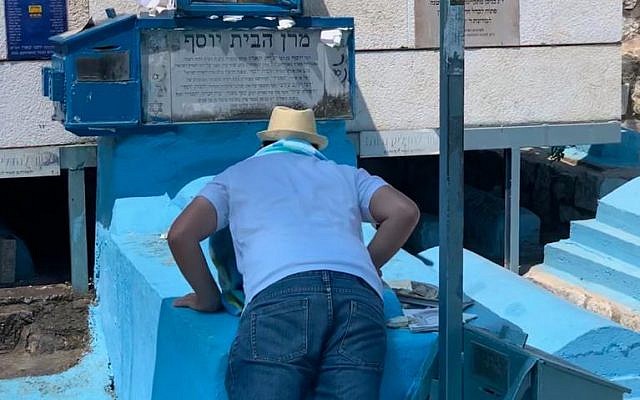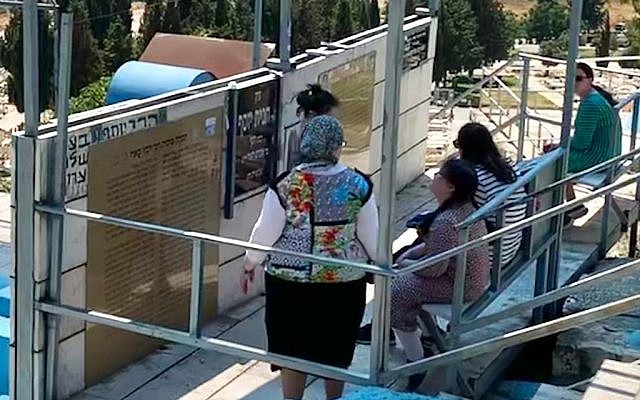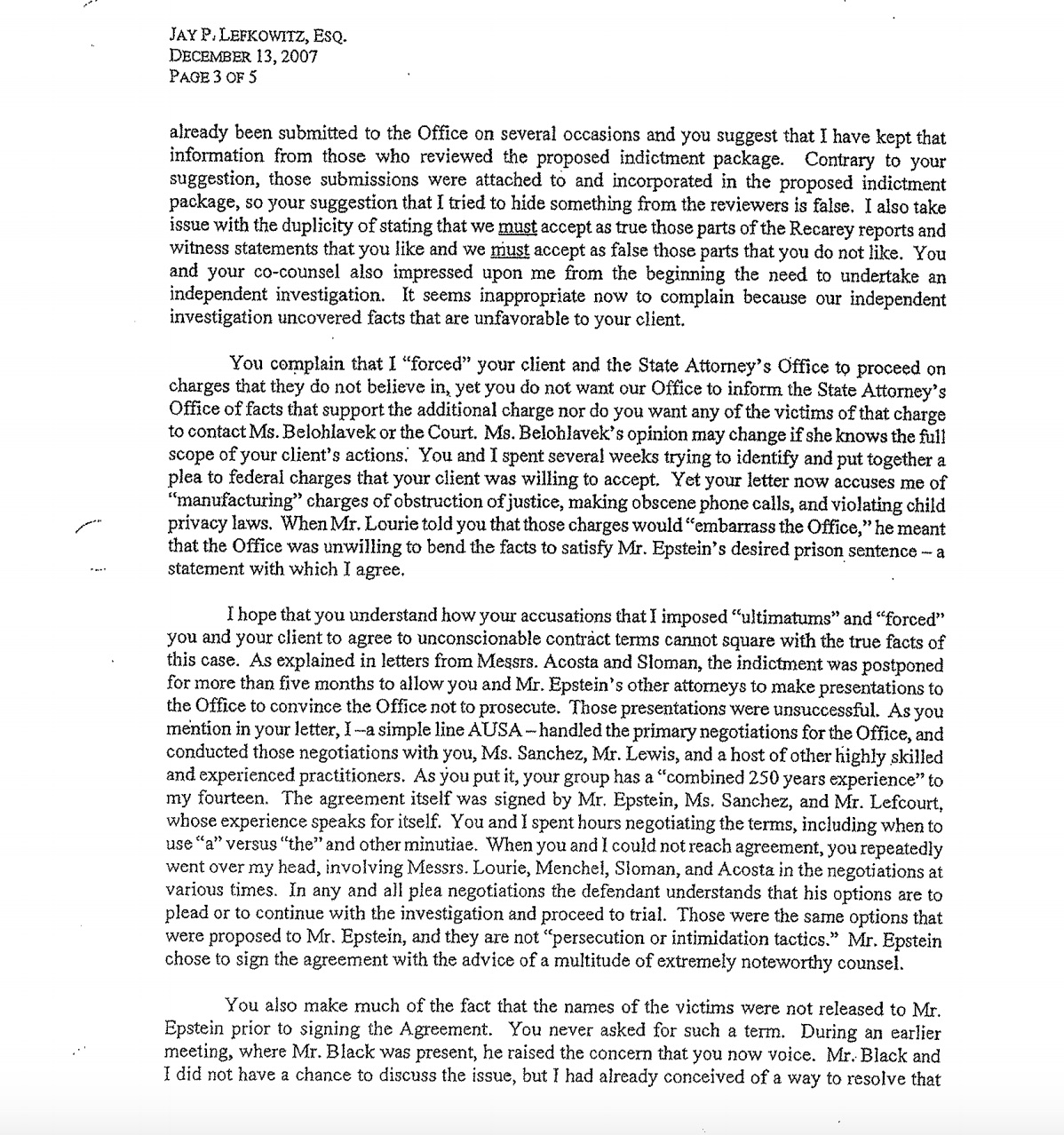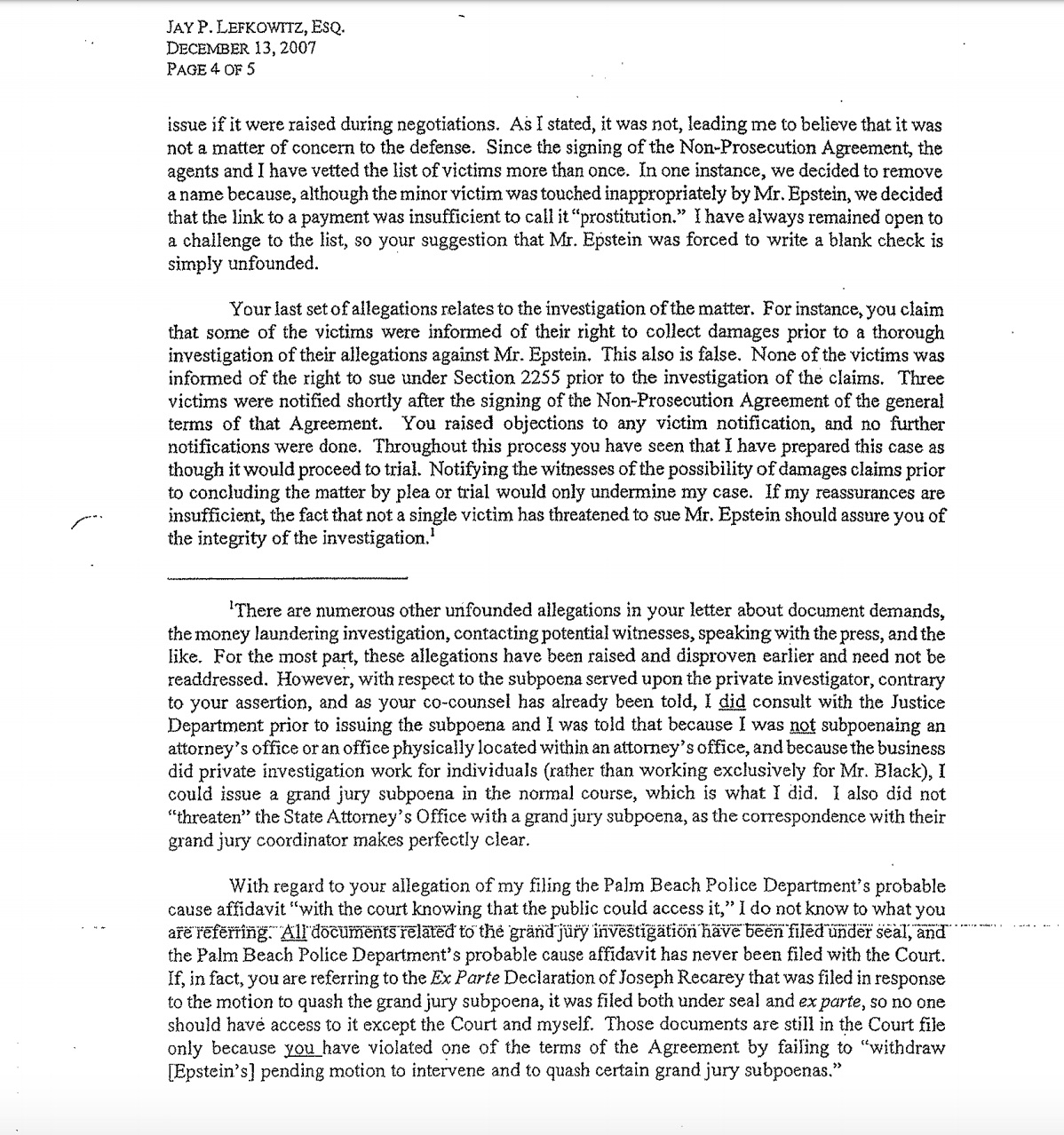Give Your Child the Tools to Recognize Sexual Abuse
Talk to kids about their bodies and empower them to speak out.
It seems that every day we open our newspapers, go on social media or watch the news, there’s a horrific new story of child exploitation and abuse.
In my role as a counselor and educator who focuses on prevention of
child sexual abuse, people often ask me, “Is sexual abuse more rampant
today than in the past?” Caregivers and teachers want to know why it
seems as if there is an explosion of new allegations.
It’s
a legitimate question and one that’s not easy to answer: Sexual abuse
remains an underreported crime, yet there are more outlets than ever for
survivors to talk about traumatic experiences. Light is slowly shining
into the dark places where predators have always hidden and on those who
harbor and aid them. So while stories of abuse by trusted clergy
or even family members are difficult to read and painful to witness, I
am elated to know that we are finally giving a voice to the voiceless.
Statistics show at least one in 10 children in the United States will be
sexually abused before their 18th birthdays — it’s a topic we cannot ignore.
With a spotlight shining on survivors’ stories, today is a new day. The Child Victims Act
was signed into law in New York in February, extending the statute of
limitations under which child abusers can be held criminally and civilly
liable and giving survivors a broader path to justice. In June, New
York’s state Assembly passed Erin’s Law, which mandates sex abuse
education in public schools. Now is the time to focus on prevention.
Predators are great at sniffing out the kids who are already having
trouble in other areas of their lives and who may be vulnerable. Still,
there are many things that parents and caregivers can do to protect
children:
- Teach children that their feelings matter and that they deserve respect. For parents, this does not mean that children get to run the house or do whatever they please, but it does mean that when a child shares a feeling, we validate it. Many parents can relate to the classic scenario of preparing a wonderful dinner, with a main course and side dishes and even dessert. Then, shortly after dinner and right before bedtime, as your child is putting on PJ’s, you hear: “I’m hungry.” We all know that we would love to say, “That’s just not possible” or “No you’re not,” or maybe something not as PG. But it takes just a little tweaking to validate a child and still hold our place at the top of the household hierarchy. Try something like, “I’m sorry you’re hungry, but you will have to wait for breakfast,” or “Oh, you’re hungry … there’s a carrot in the fridge for you,” to maintain the validity of your child’s feelings.Respect for a child and validation of her feelings gives her a sense of self and helps a child recognize her emotions. Being able to recognize our feelings is the first step in knowing when something doesn’t feel right. Predators rely on the fact that children can be easily manipulated. Children who have a better sense of what feels O.K. and what doesn’t — and are able to receive validation by communicating those feelings to trusted adults — are at a big advantage.
- Emphasize that children’s bodies belong to them. Kids need to understand that no one is allowed to touch their private parts, look at their private parts or talk to them about their private parts outside of appropriate settings, such as a doctor’s office. Communicate this concept to your kids as early as 2 years old. You can start while giving them a bath or during toilet training. Keep your language simple and age appropriate: “Mommy is washing your eyes and ears and back and your penis. Your body is so special and it belongs to you, no one is allowed to touch you because this is your body. If anyone does, you tell Mommy right away because my job is to keep you safe and touching, especially on your private parts, can be unsafe.”As your child gets older, the conversation should get more detailed and can include using “what if” scenarios, dialogue and even role playing. Ensure your child knows that these rules apply for everyone. That means using sentences like, “No one is allowed to make you feel uncomfortable, even if that person is your cousin, uncle, aunt or neighbor. It’s never O.K., and I will always believe you.” Many children will not know this unless you tell them.
- Make sure kids understand the difference between secrets and surprises. Teach children that a secret should never be kept about their private parts. An example you can use is a doctor’s visit, where someone is looking at and possibly touching private parts. Tell them that it is O.K. because the doctor is making sure the child is healthy, but most importantly it is not a secret. Parents should be in the room with a child when he is getting checked or know of the visit and then discuss what occurred with the child.As a counterbalance, help kids understand the nuance between secrets and surprises. Asking a child to keep a surprise party or gift under wraps could be confusing, so emphasize that there’s a difference between secrets and surprises. A gift’s recipient will eventually know of the surprise and will most likely feel comfortable and happy. On the other hand, a secret that can never be told is not O.K. and can make us feel yucky, confused or sad. This is a crucial concept for children, because predators will try to have children keep their secret.
- Share your own stories, and include as many feelings and sensations as you can. Children look to adults who are close to them to figure out the meaning of what they are experiencing, so it’s helpful to share our own experiences. This will help kids learn what it means to express what they are feeling and it will put words to things they don’t understand. Your stories do not have to be abuse-related; the important thing is to model what it means to listen to our gut feelings. Stories can be as simple as: “I was so frustrated this morning, because I got stuck in traffic and I knew I would be late to work. My stomach felt like there were butterflies in it, and my hands were so tight I was gripping the steering wheel.” Communicating these things with our children gives them permission to share their own feelings of anger, confusion, happiness and sadness and to understand that someone else can feel this way.
- Ask for permission to touch a child. When we ask children for small permissions, we are giving them the sense that they have control over their bodies. This way, if a predator walks into their life, they will have a reference to pull from that what they are experiencing feels different. Something as small as asking, “Is it O.K. if I fix your collar? It’s turned up,” sends a message to a child that he has some autonomy over his body. Practicing dialogue like this can go a long way in helping a child realize that a predator will not ask permission, and it will help him spot those tricky people.
- Empower kids to say “no” and talk openly. Encouraging emotional honesty and physical boundaries helps kids gain some control over their bodies. Letting a child say, “No, I don’t want a hug, but a handshake is O.K.” shows her that she has choices. Still, children may not be able to say “no” to their abuser or stop the abuse. Most children who are sexually abused do not disclose their abuse, so we need to tell children that even if they can’t say “no,” even if they can’t get away, the most important thing to do is to tell someone about the abuse. Tell them that you will believe them no matter what happens, and they will not get into trouble for telling you.
Parents
and caregivers can help children come forward with stories of abuse,
and get the validation and help they need. Preventing abuse is equally
important: By giving children the necessary tools, we can help them
learn how to stay safer and support them should they face a traumatic
situation.
Dr. Shani
Zoldan-Verschleiser, AuD., L.M.S.W., an alumna of the Touro College
Graduate School of Social Work in New York City, is the CEO of Magenu,
an organization dedicated to preventing child sexual abuse.
























